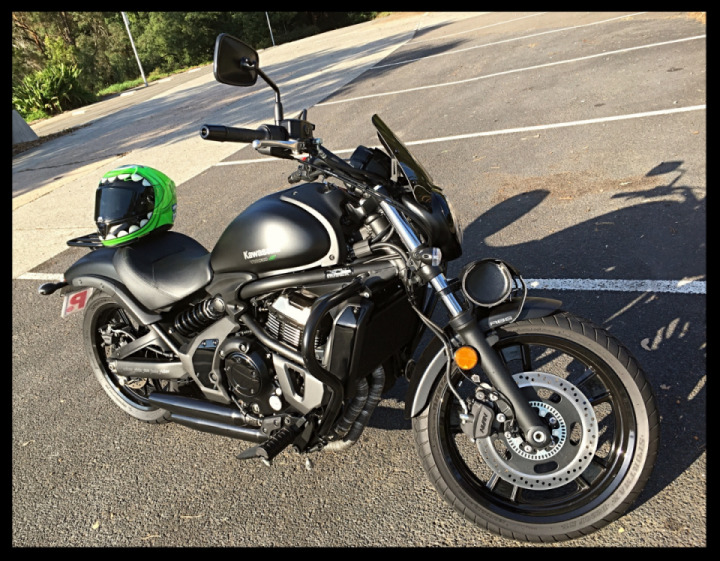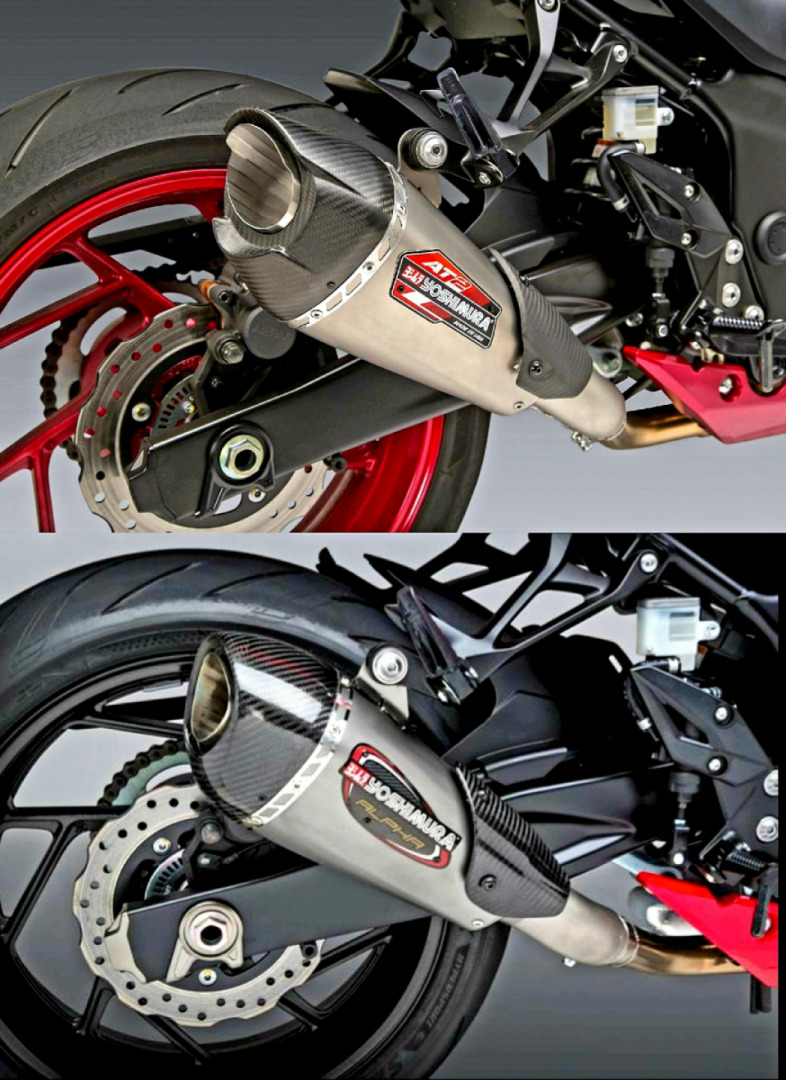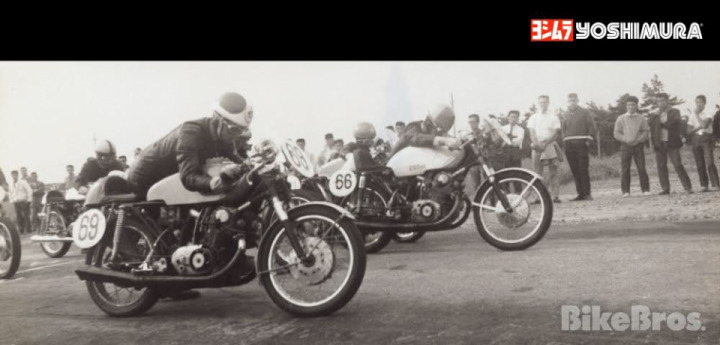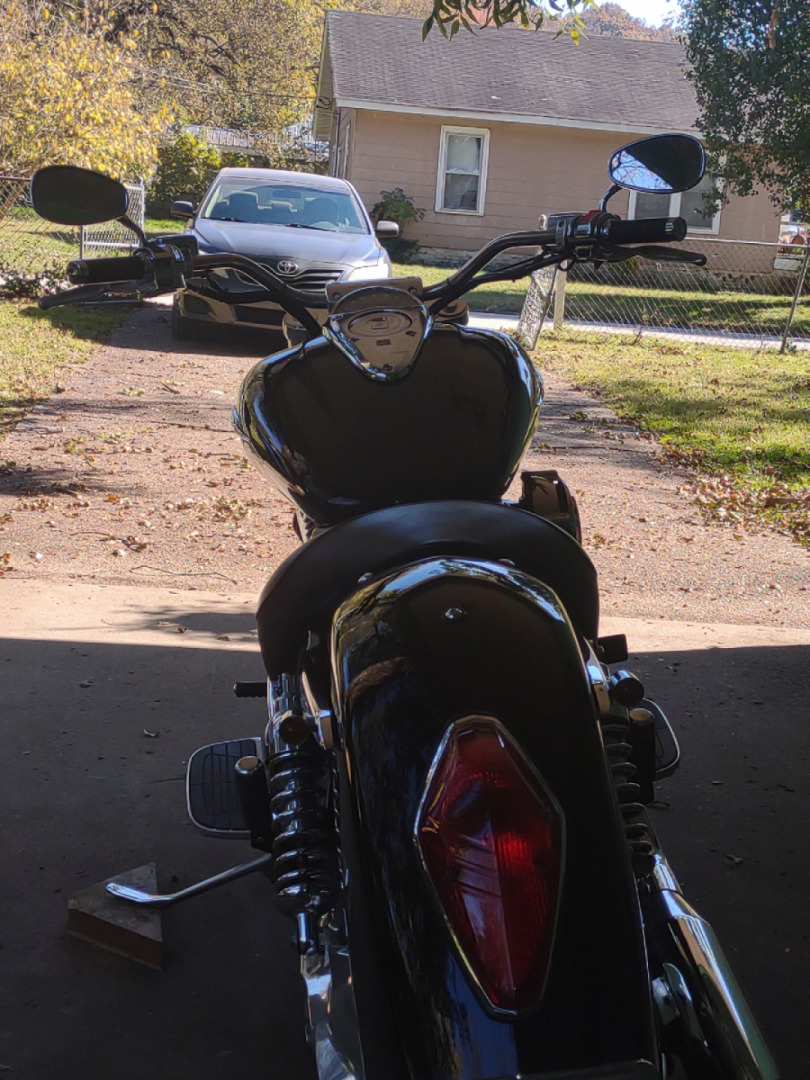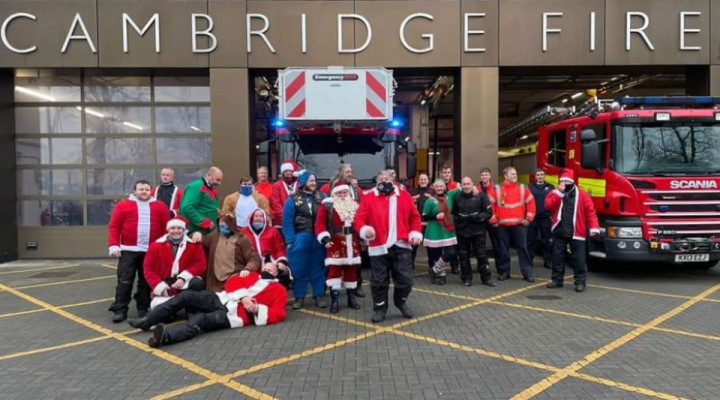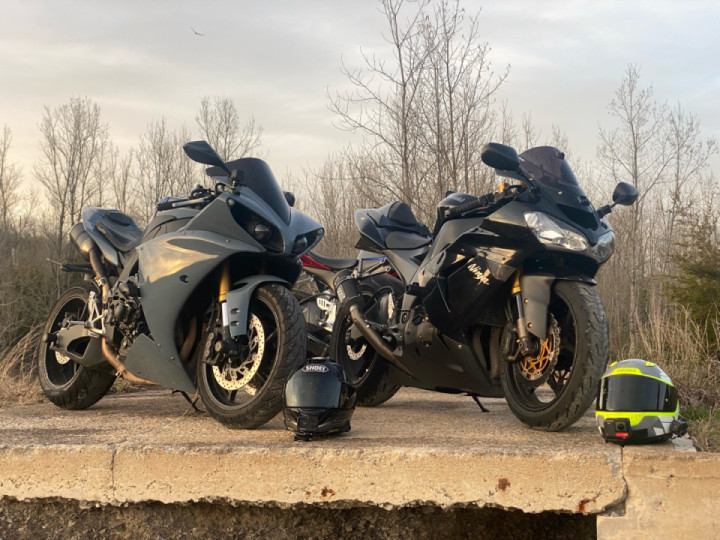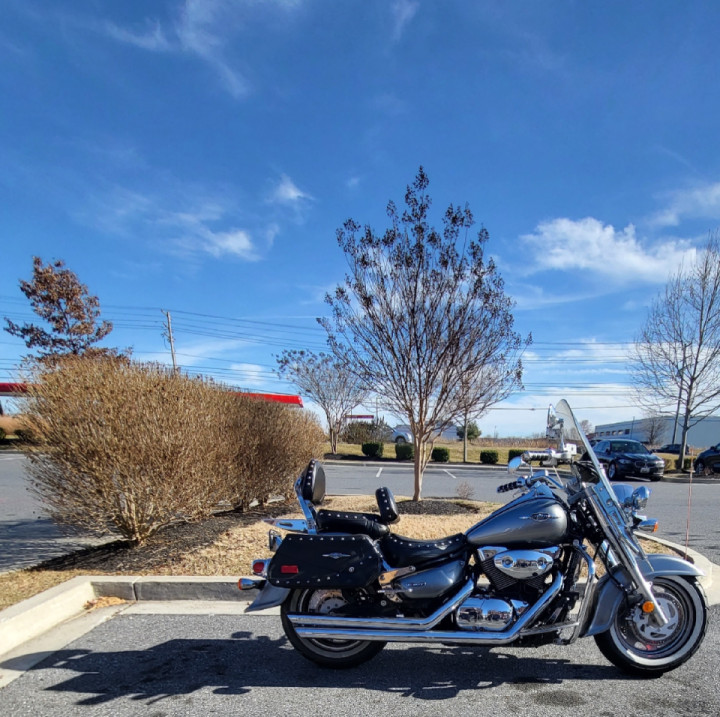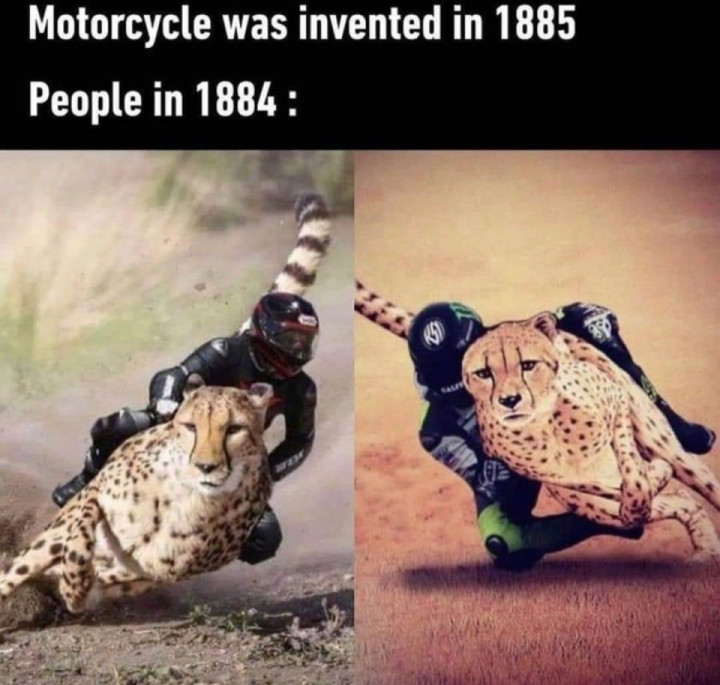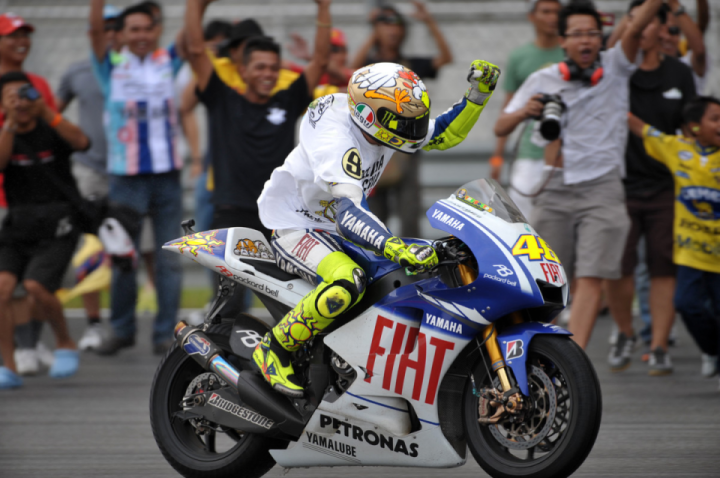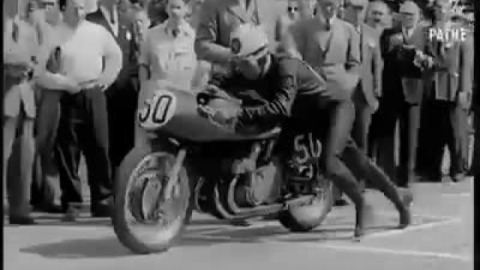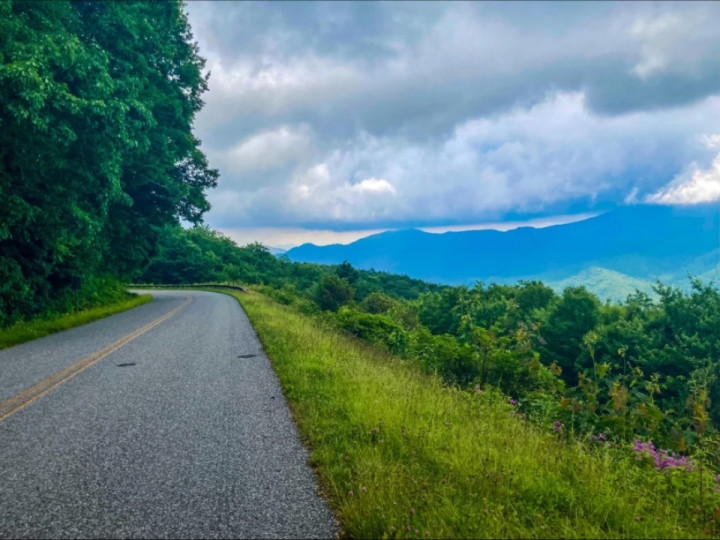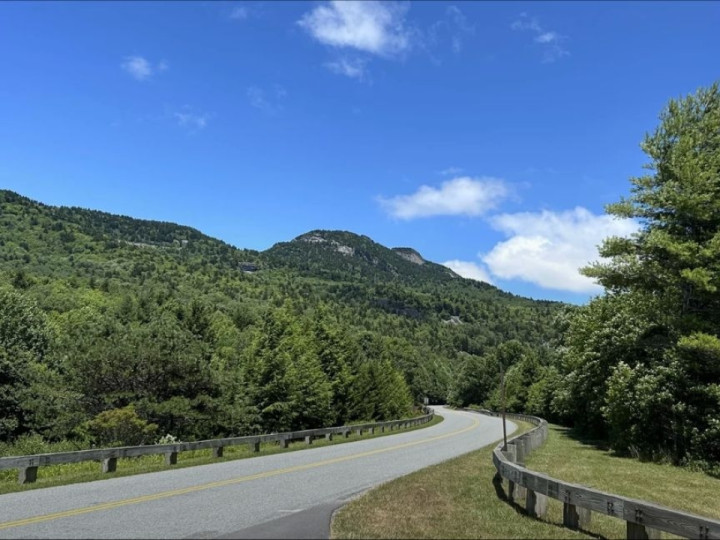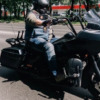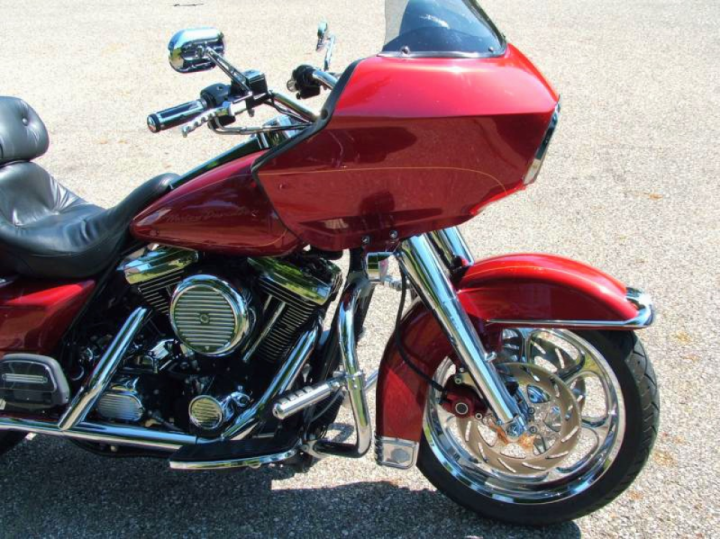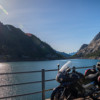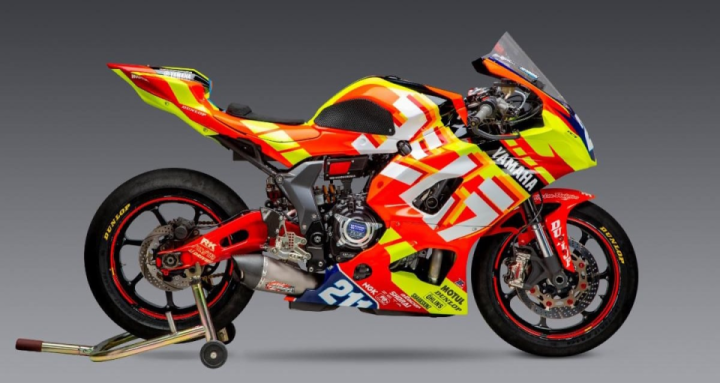Yoshimura History #01, 1922-1954: Dreaming Beyond the Blue Sky.
Hideo Yoshimura was born the third of five siblings on October 7, 1922 in Zasshonokuma, in Fukuoka prefecture of Kyushu island, where his inventor-father owned a woodworking shop. When he was in elementary school, he fantasized about being an aviator, but his bigger dream was to go to an elite school with a strong baseball team and play in the famous National Tournament. Although Hideo was a brilliant southpaw pitcher, his family could not afford to send him to elite schools due to financial hardships.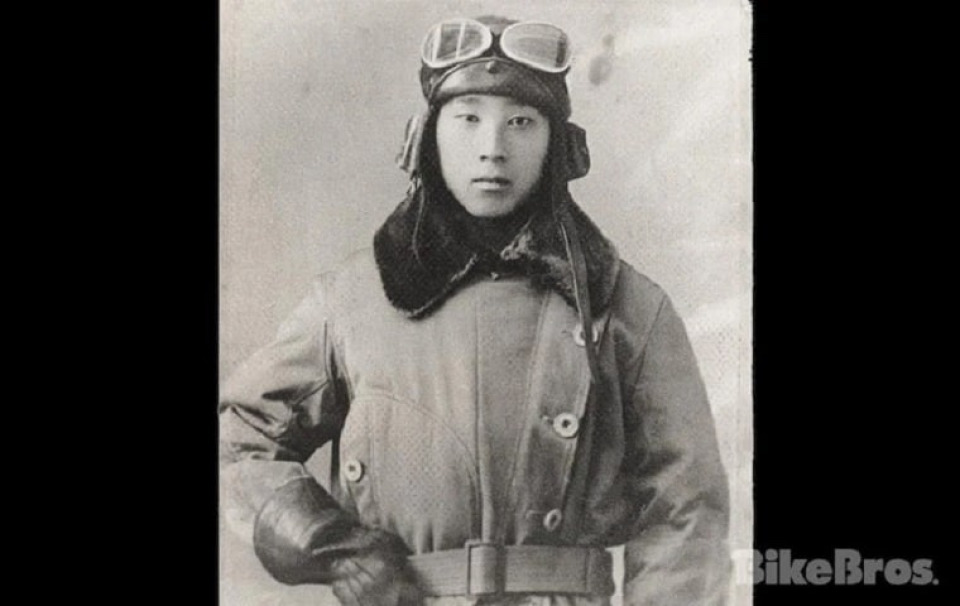
One day in 1936, while he was attending middle school, an airplane crashed in mountains near the prefecture border. The airplane was reported to be a French monoplane on its record-breaking flight from Paris to Tokyo. Thrilled by the news, Hideo took a half-day hike to see the crash site and vowed to himself to become an aviator. "That's what I really want to be. I'll be a fly-boy!" It was the golden age of aviation and much of the world, including Japan, was plunged into the aircraft development race.
In 1937, Hideo took the entrance exam for the Imperial Navy Flight School and was chosen as one of 219 new cadets from over 10,000 applicants. He was also one of the youngest in his class -- only 14 years old when he left his hometown for the Flight School in Yokosuka, Kanagawa prefecture, over 1,000 km away.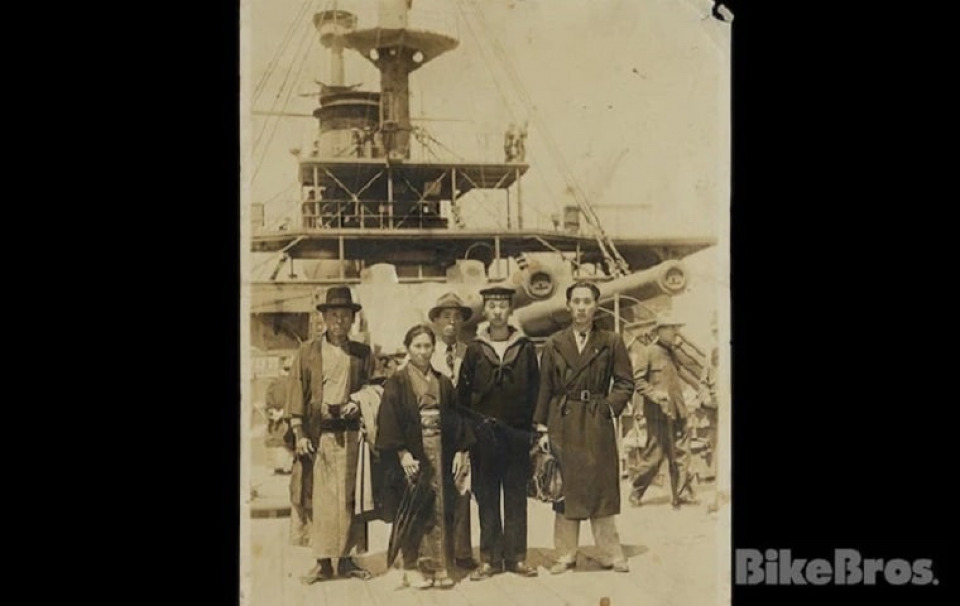
Hideo's flight training began the following year at Yatabe in Ibaraki prefecture, but it didn't last for long. A near fatal accident occurred after about 30 flight hours, while he was aboard a Yokosuka K2Y tandem trainer with an instructor. At around 800 meters in altitude, the engine in front of Hideo suddenly caught fire. "I have the controls, BAIL OUT!" Reacting to the instructor's command coming through the voice tube, Hideo jumped out of the cockpit into the sky and desperately pulled the ripcord. Nothing happened. His parachute failed to open. As he falls helplessly through the air, he had a vision of his mother's face. Just as he was making peace with his certain death he felt a sudden impact. The chute finally deployed at few hundred meters from the ground.
Hideo was hospitalized immediately and soon developed a persistent fever. He was diagnosed with pleurisy and a tuberculosis infection. He was confined in a hospital for 2 months until he was discharged from the Navy. Grounded forever -- the dream of becoming a fly-boy was shattered.
On returning to Fukuoka, Hideo soon recovered his health completely, and following his unwavering passion for the sky and aircraft, went to work as a mechanic at the local branch of Imperial Japanese Airways (the Japanese national airline between 1938 and 1945). He enjoyed working on engines, yet he was a "flyboy dropout" and hard to deal with. One day, a company pilot -- a former Naval aviator -- came up to Hideo and told him, "if you really want to be an engine expert then you better get yourself squared away! Why don't you spend a couple of years to thoroughly study the subject. You might earn yourself a flight engineer license."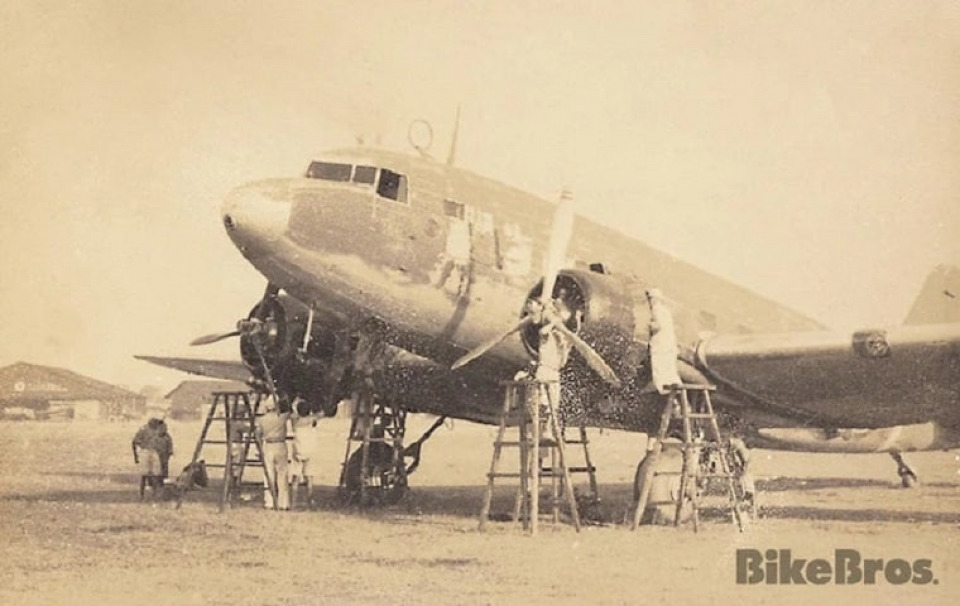
Hideo resigned as a mechanic to become a trainee at the company and began studying vigorously to meet the academic standard for the license of flight engineers. The requirements were high -- applicants must have the education level of at least a technical school graduate and many of them were active employees of aircraft manufacturers such as Nakajima and Mitsubishi.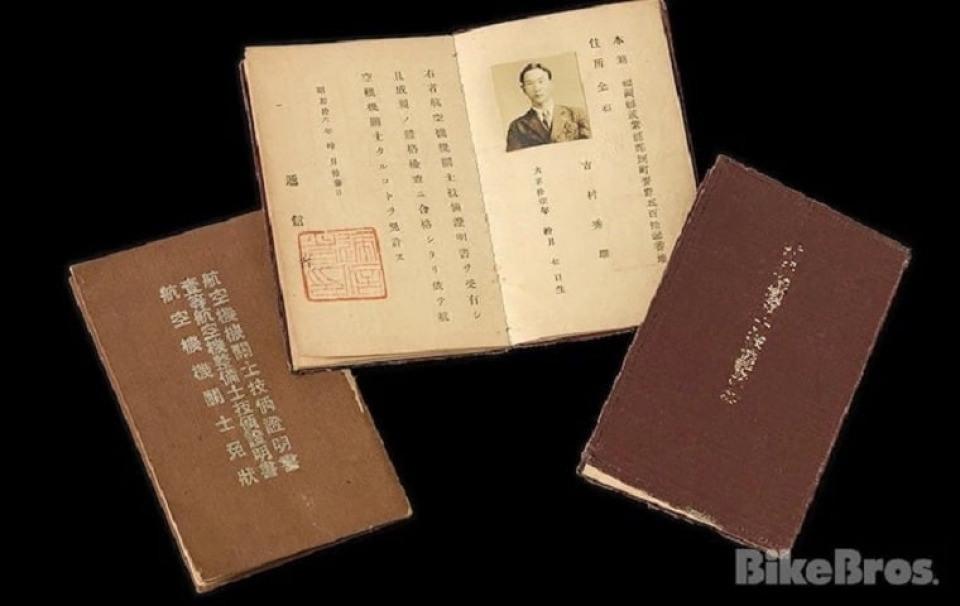
It was certainly a tough challenge for a middle-school graduate, but Hideo succeeded in receiving a "passing" certificate in September 1941 and became the youngest flight engineer in Japanese aviation history. The certificate however was reissued after his 19th birthday the following month, because an 18-year-old flight engineer could not legally exist.
In December 1941, right after Hideo was reemployed by the Imperial Japanese Airways, the Pacific War began with Japan's attack on Pearl Harbor. Along with his co-workers Hideo was recruited to support the military operations. He was sent by the Imperial Navy to Singapore in May 1942 and flew all over Southeast Asia as a flight engineer on Douglas DC-3s.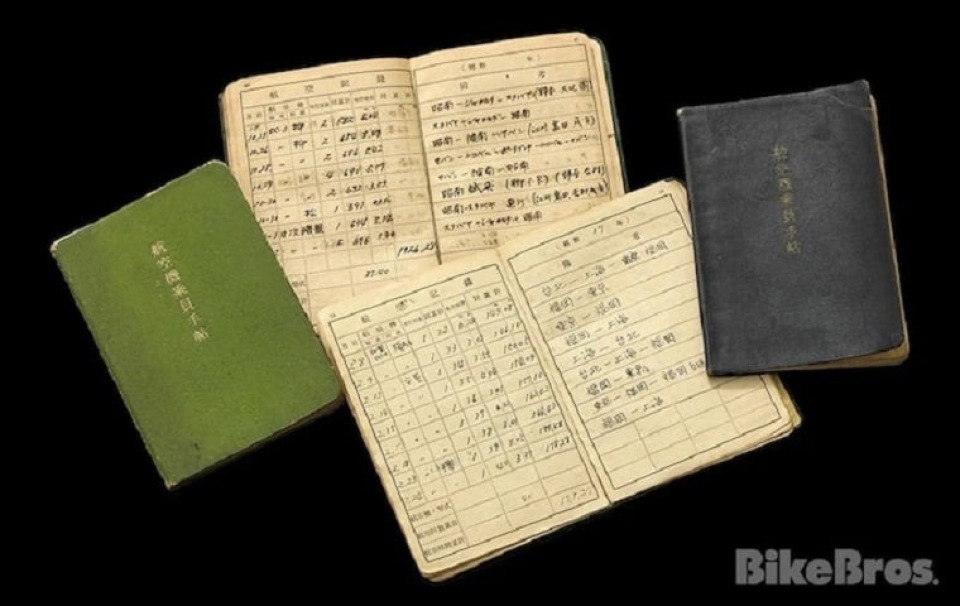
While deployed, Hideo developed an ear for engine diagnosis, so he could predict a problem before it happens -- before one of the gauges indicates it. He also learned to speak English to pick up girls in Singapore.
In 1944, Hideo married Naoe, a lady who worked in the same company. He was 22 and she was 19.
The war situation worsened day by day. Japanese aircraft were losing their powers as the quality of Japanese aviation gas went down. As the risk of being shot down was progressively increasing, Hideo received an order to carry out special missions, to lead the waves of suicide attack planes from Taiwan to Okinawa. These kamikaze pilots were very young and inexperienced and, unlike Hideo's Yokosuka P1Y (lightened for these missions by removing armament), their planes carried only enough fuel for one way. Hideo had to guide them to enemy targets and returned to base after witnessing the results. It was hell.
Hideo soon came down with a stomach ulcer. It was perhaps the result of excessive drinking due to stress. He was sent back to Fukuoka for a surgery in which surgeons removed 2/3 of his stomach. The war ended two months later. So many people he knew have died during these two months. Of the 219 cadets in his Flight School class, only 30 survived the war. Luckily, Hideo was repeatedly saved by the god of the sky.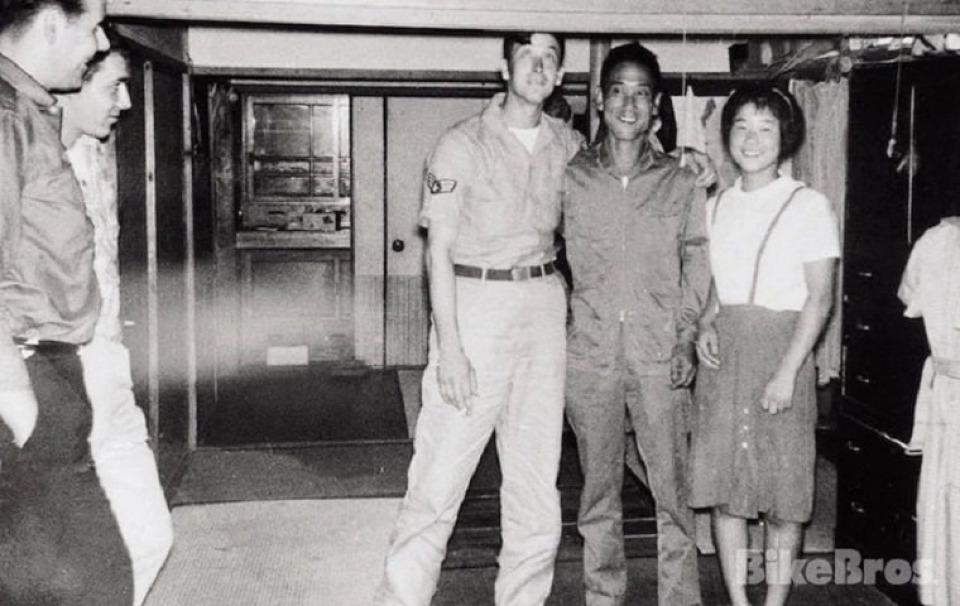
After the war, Hideo's home in Zasshonokuma became a hangout for American troops because he was one of the few Japanese who spoke English back then. They were his enemies until just recently, but he knew they were also victims of the war. Hideo supplied them with what they wanted -- first with souvenirs like katana and kimono, and later with Japanese whiskey -- and in return received items that are hard to come by -- from canned food to sticks of butter, cigarettes etc. To ensure the survival of his family, he sold these items on the black market, until he got arrested in 1946. After a 3-year suspended sentence due to illness, he was sentenced to imprisonment of 18 months, which was later reduced to 6 months for good behavior.
Following his release from prison, Hideo began to focus his attention to the production of the conveyor belt connectors which his father invented. The family business of woodworking has been transformed into an ironworks.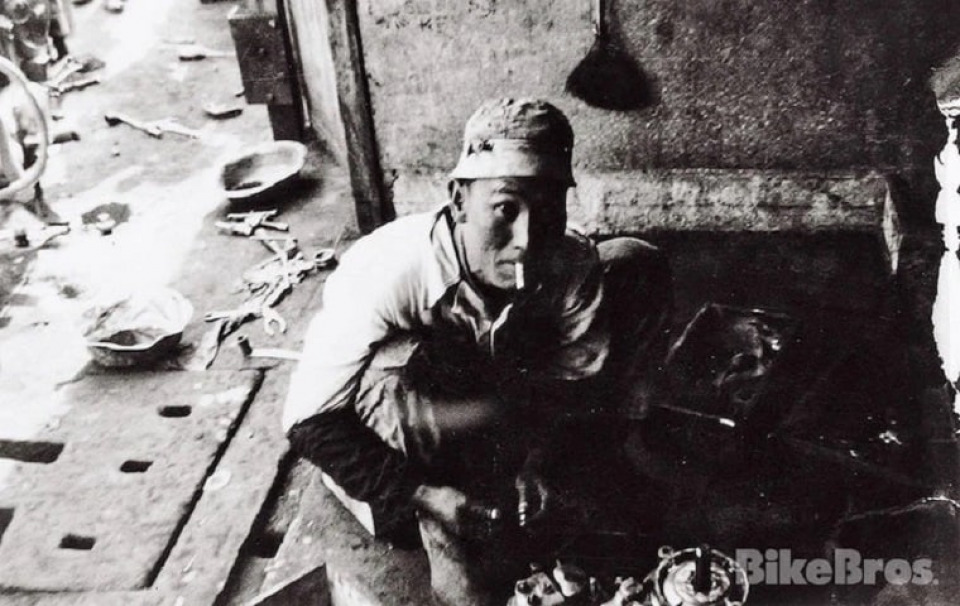
The first two of Hideo' children were born during this period of his life -- Namiko in 1946 and Fujio in 1948. Hideo received a job offer from Japan Airline in 1952, and he still had the passion for aviation, but he decided to help his brother run the family business.
By that time Hideo was renowned among American troops for both his engineering skills and language skills, as more and more of them started visiting him at the ironworks to repair their motorcycles. The nearest U.S. military base -- Itazuke Air Force Base -- was only 4 km away.
The belt connector sales were dropping due to mine closures, and Hideo needed to start a new business. He used to ride a Harley-Davidson while he was in Singapore, and a Cabton 350 when he was selling the belt connectors. There seemed to be not much difference between motorcycles and the aircraft he learned to fly in. All 4-stroke internal combustion engines share the same basics. He just needed to learn about clutch and transmission.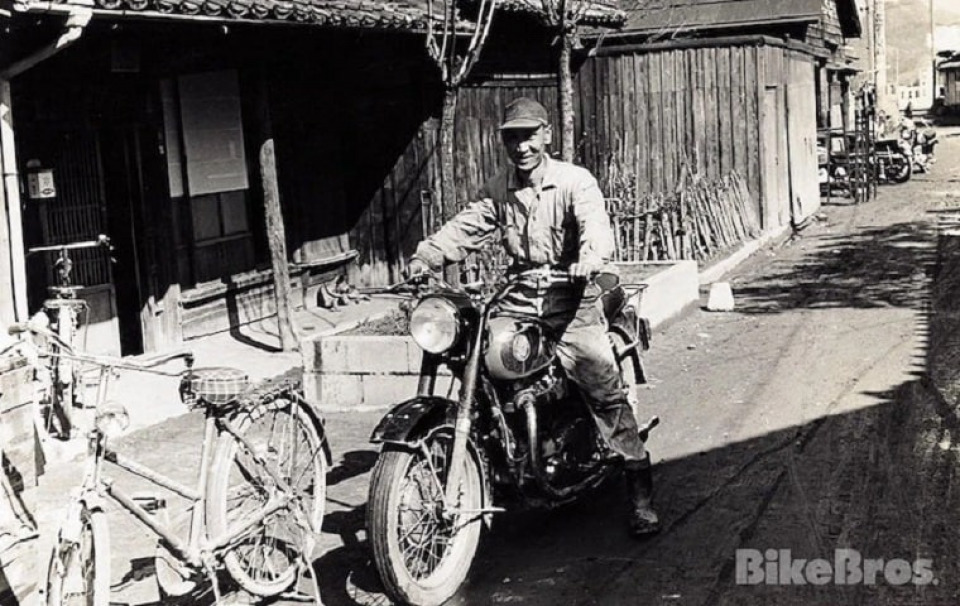
Hideo opened a little bike shop in 1954 by renting a corner of the ironworks and named it Yoshimura Motors. The shop was soon filled with the happy sounds of motorcycle engines. It was the birth cry of Yoshimura.
Credit: Stories and photos supplied by Yoshimura Japan / Namiko Moriwaki / Road Rider.
Archives Written by Tomoya Ishibashi
Edited by BikeBros.
 Follow
4.3K
Follow
4.3K

